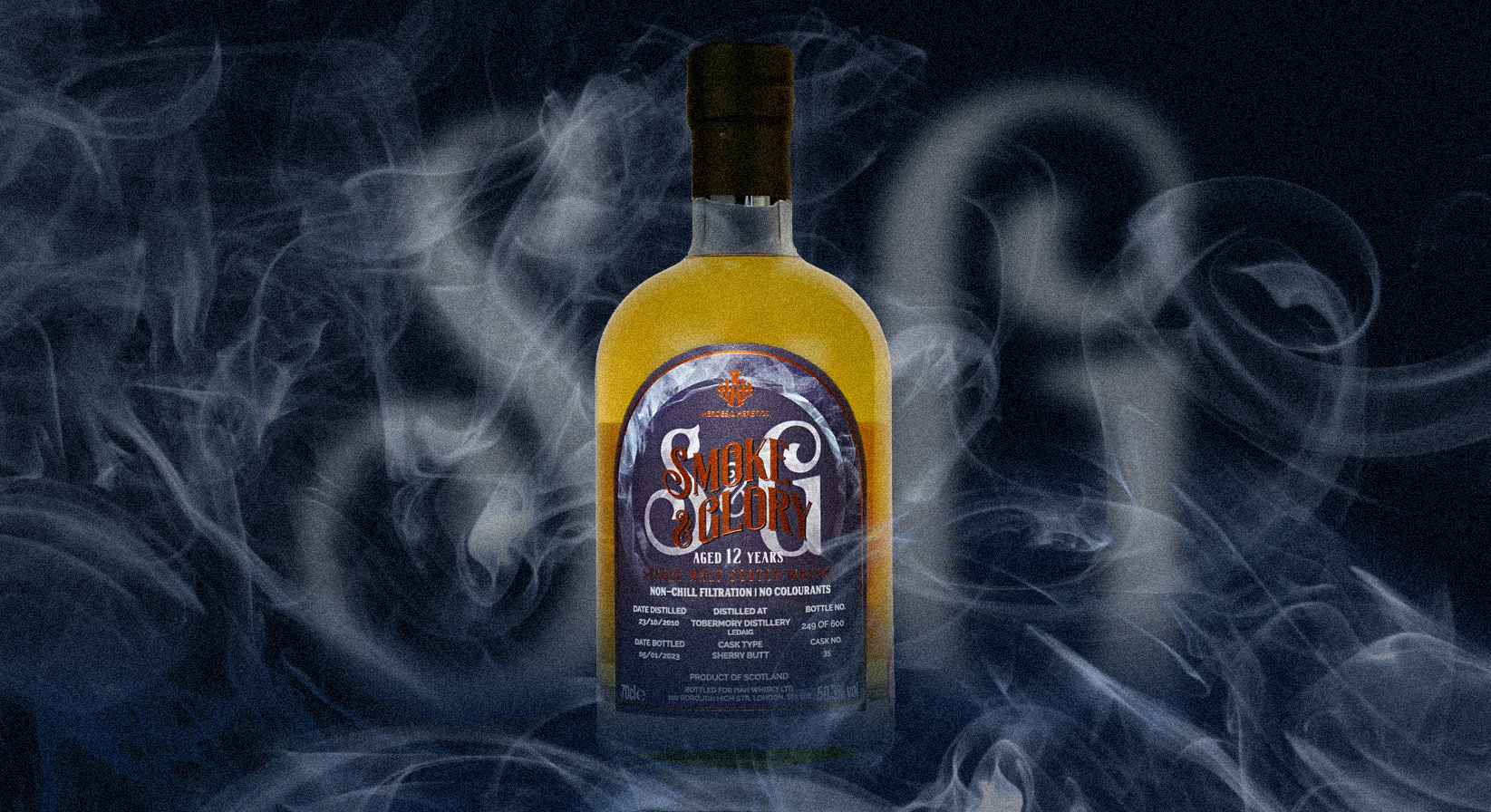There are many things better left to the imagination. What is my favourite celebrity like in person? How do they make hot dogs that cheap? The story of single malt whisky is not one of those. Since at least the 1400s a careful and precise process has been developed over generations, with each distiller taking his own nuanced approach. In its current form of a blend of art and science, we are blessed with a great variety of fantastic whiskies, their enjoyment only aided by an understanding of how exactly they are made.

First the ingredients must be gathered, and although it is not a long list the quality is of the utmost importance. Barley, of high quality. Spring water, as clean and unadulterated as possible, and finally, yeast.
Once these have been brought to the distillery the first step is the malting. Malting involves steeping the barley in water and spreading it across the floor of a malt barn. The barley will begin to convert starch to sugar that is required for the yeast to make alcohol (thank the enzymes from GCSE Biology), and after a few days of germination is ready for the next process.

The malt barley has now germinated, and this new ‘green malt’ needs to be dried out. This is traditionally done in a kiln, and halts further germination. The heat is kept below 70 degrees centigrade to ensure that the all important enzymes are not destroyed. It is during this stage in the process that peat may be burned to add the well loved smoky flavour distinctive of so many whiskies.

The dried malt is removed from the kiln and ground into a coarse flour-like substance known as ‘grist’. It is then mixed with hot spring water in a large contraption called a ‘mash tun’. This is done in three stages with the water increasing in temperature each time until almost at boiling point. The quality of the water used is of utmost importance. The end product is a sugary liquid known as ‘wort’, with the excess grains often being converted into food pellets for livestock.

The wort is then cooled down and moved to another large container, known as a ‘washback’. The yeast is then added and the all important process of fermentation takes place with the sugars in the wort converted into alcohol. At this stage there is much violent frothing as the yeast does its job over the course of around two days. The liquid created is called the ‘wash’ and is around 8% alcohol.

The distillation stage is perhaps the most important one. In one of the few remaining mysteries of our time, the shape of the pot has some unknown effect on the flavour of the whisky, with each distillery ensuring that no deviation in design occurs over the years.
In layman’s terms the pot is the large copper kettle that heats up the wash and then takes away the vapours, thus distilling the wash into the ‘low wines’ from the other substances that will be mixed in with the next batch. The low wines are led away by a series of tubes, slowly cooling it until changing from gas back to liquid. Only the ‘pure centre cut’ or ‘heart of the run’, which is around 68% alcohol, is collected from the second distillation.

The resulting product then runs into the ‘spirit safe’. Looking a little like a steam powered diving suit from the 1800’s this locked container allows the distillers to analyse their spirits without making physical contact, and originates from a time when the laws governing whisky were strictly enforced, with only local customs and excise officer having control over the keys to these safes all the way up until 1983.

The time has come for the spirit to be matured. At this stage the whisky passes into the oak casks for three years and one day minimum in Scotland, as stated by law, to be able to afford itself the title of scotch whisky. Many of these will have been imported from around the world, having previously held anything from sherry to bourbon, and helps to give whisky its distinctive colouring.

There isn’t really a next stage. The whisky matures, is bottled and then enjoyed, but I will not be so careless as to finish on seven sub-headings, the worst of the odd numbers. If this article has piqued your interest there is a wealth of reading material online and a multitude of books written on the subject. I have particularly enjoyed Charles Maclean’s Whiskypedia. For the really curious, I would wholeheartedly recommend an in person visit to see it happen for yourselves.
By: William Prior




You must be logged in to post a comment.